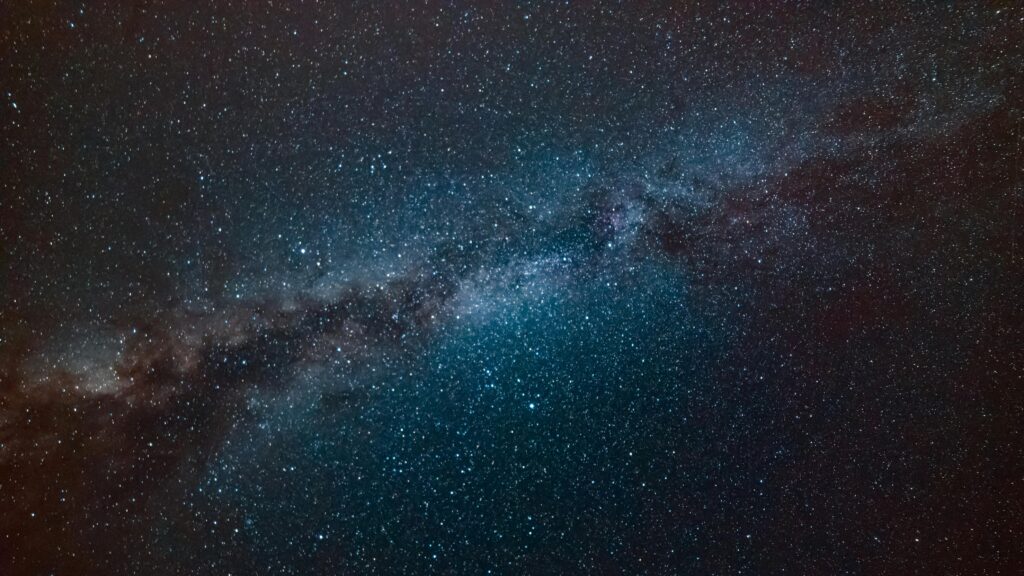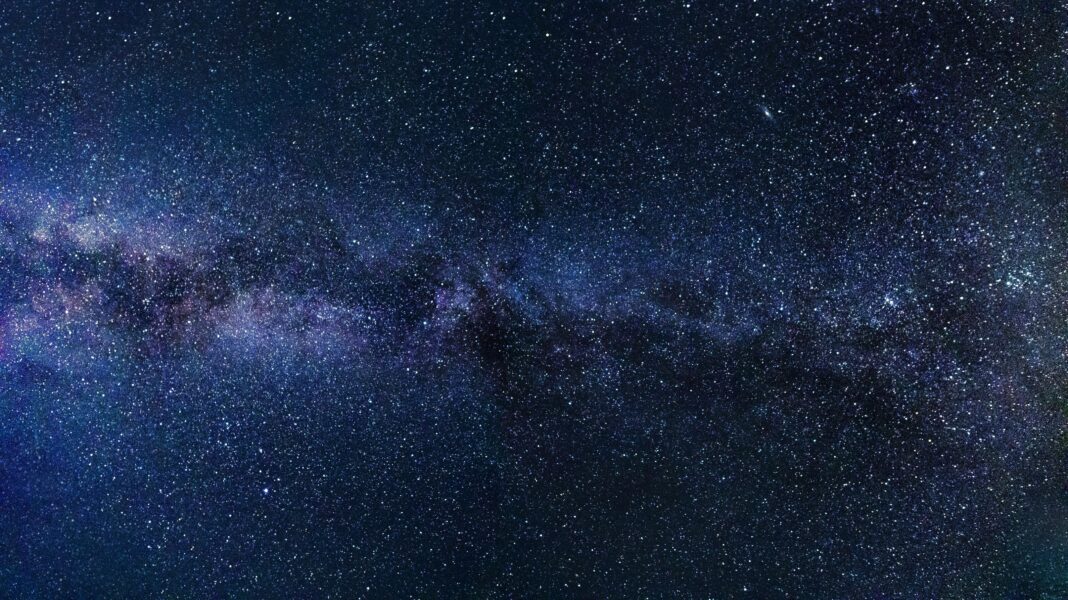Astrophotography—the art of capturing celestial objects—has traditionally required expensive DSLR cameras, telescopes, and specialized equipment. However, modern smartphones have revolutionized this field, allowing even amateur photographers to take breathtaking images of the night sky. Whether you want to photograph the Milky Way, meteor showers, or the Moon, choosing the right smartphone is crucial.

This guide explores the best smartphones for astrophotography, detailing their camera specs, software enhancements, and real-world performance. We’ll also cover essential techniques to help you capture professional-quality night sky images with just your phone.
What Makes a Smartphone Good for Astrophotography?
Not all smartphone cameras are built for low-light photography. To capture stars, galaxies, and other celestial objects, your phone needs specific hardware and software capabilities. Here’s what to look for:
1. Large Sensor Size (1-inch or Larger Preferred)
A bigger camera sensor captures more light, which is essential for astrophotography. Most flagship phones today use 1/1.28-inch to 1-inch sensors, significantly improving low-light performance.
- Example: The Xiaomi 13 Ultra and Sony Xperia 1 V feature 1-inch sensors, making them ideal for night sky photography.
2. Wide Aperture (f/1.4 – f/2.2)
A lower f-number means a wider aperture, allowing more light to hit the sensor. This is critical for capturing faint stars and reducing exposure time.
- Best Options: Phones like the Huawei P60 Pro (f/1.4) and Samsung Galaxy S23 Ultra (f/1.7) excel in this area.
3. Long Exposure Support (Up to 30 Seconds or More)
Astrophotography requires long exposure times (typically 15–30 seconds) to gather enough light from dim stars. Some phones, like the Google Pixel 8 Pro, offer dedicated astrophotography modes with 4-minute exposures.
4. Optical Image Stabilization (OIS) & Gimbal-Like Stabilization
Handheld night shots are nearly impossible without stabilization. OIS and advanced stabilization systems (like Vivo’s Gimbal Camera) help eliminate blur from shaky hands.
5. Manual Mode & RAW Support
Automatic modes often fail in extreme low-light conditions. A manual (Pro) mode lets you adjust:
- ISO (800–3200 for best results)
- Shutter speed (10–30 seconds for stars)
- Focus (set to infinity for sharp stars)
RAW files preserve more detail than JPEGs, allowing better post-processing in apps like Lightroom Mobile or Snapseed.
6. Advanced Computational Photography (AI Night Mode, Multi-Frame Stacking)
Many phones use AI to combine multiple exposures, reducing noise and enhancing details.
- Google Pixel’s Astrophotography Mode
- Huawei’s Night Mode
- Samsung’s Expert RAW
7. Thermal Management (Prevents Overheating in Long Exposures)
Long exposure shots can cause overheating, leading to shutdowns. Premium phones like the iPhone 15 Pro Max and ASUS ROG Phone 7 have better cooling systems.
Top 10 Best Smartphones for Astrophotography (2024 Edition)
1. Google Pixel 8 Pro – Best AI-Powered Astrophotography
Why It’s Great:
- Astrophotography Mode (automatically activates in dark environments)
- Tensor G3 chip processes multiple long exposures (up to 4 minutes)
- 50MP main sensor + f/1.68 aperture for bright, detailed shots
- Real Tone technology ensures accurate star colors
Best For: Beginners who want AI-enhanced night shots without manual tweaking.
Limitations: No manual shutter speed control beyond 30 seconds.
2. Samsung Galaxy S23 Ultra – Best for Manual Control & Zoom
Why It’s Great:
- 200MP sensor + f/1.7 aperture for superior light capture
- Expert RAW app (allows full manual adjustments)
- 100x Space Zoom (great for lunar photography)
- S Pen for precise focus adjustments
Best For: Advanced users who want DSLR-like control.
Limitations: Slightly noisy at high ISO.
3. Huawei P60 Pro – Best Low-Light Performance
Why It’s Great:
- RYYB sensor (f/1.4 aperture) – captures 40% more light than traditional sensors
- XMAGE AI processing enhances star details
- Moon Mode for ultra-sharp lunar shots
Best For: Those who prioritize low-light sensitivity.
Limitations: No Google Play Services (limits app availability).
How to Take Professional Astrophotography Shots with a Smartphone
1. Essential Gear
- Tripod or Phone Mount (mandatory for long exposures)
- Bluetooth Shutter Remote (prevents shake from touching the phone)
- Lens Hood (reduces lens flare from stray light)
2. Camera Settings for Astrophotography
Manual Mode Adjustments
- ISO: 800–1600 (higher increases noise)
- Shutter Speed: 15–30 seconds (longer for star trails)
- Focus: Manual, set to infinity (use focus peaking if available)
- White Balance: 4000K–5000K for natural-looking skies
Using Built-in Astrophotography Modes
- Google Pixel: Enable Night Sight, then wait for “Astrophotography Mode” to activate.
- Samsung Galaxy: Use Expert RAW for multi-frame stacking.
- iPhone: Third-party apps like NightCap work best.
3. Best Locations & Conditions
- Avoid Light Pollution: Use Light Pollution Maps (e.g., DarkSiteFinder)
- Clear Skies: Check weather forecasts for cloud coverage
- New Moon Phase: Less moonlight = more visible stars
4. Post-Processing Tips
- Adobe Lightroom Mobile: Adjust shadows, highlights, and noise reduction
- Snapseed: Use Curves and Selective Adjust to enhance Milky Way details
- Starry Landscape Stacker (iOS): Reduces noise by stacking multiple shots
FAQs (Frequently Asked Questions)
Q1: Can I really photograph the Milky Way with a smartphone?
A: Yes! Phones like the Google Pixel 8 Pro and Huawei P60 Pro can capture the Milky Way with a 30-second exposure, low ISO, and a tripod.
Q2: Do I need a telescope for smartphone astrophotography?
A: Not necessarily, but a smartphone telescope adapter (e.g., Celestron NexYZ) can help with planetary shots.
Q3: Why are my star photos blurry?
A: Common causes:
- Camera shake (use a tripod)
- Incorrect focus (set to manual infinity)
- Too high ISO (causes noise)
Final Verdict: Which Phone Should You Choose?
| Phone | Best For | Key Feature |
|---|---|---|
| Pixel 8 Pro | Beginners | AI Astrophotography Mode |
| Galaxy S23 Ultra | Advanced Users | 200MP + Expert RAW |
| Huawei P60 Pro | Low-Light Sensitivity | f/1.4 RYYB Sensor |
For casual stargazers, the Pixel 8 Pro is the easiest choice. Enthusiasts should opt for the S23 Ultra, while low-light specialists will love the P60 Pro.
Conclusion
Smartphone astrophotography is more accessible than ever. With the right phone, settings, and techniques, you can capture stunning images of the night sky—no DSLR required. Start with a stable tripod, manual settings, and RAW shooting, then experiment with post-processing.
Ready to shoot the stars? Pick your phone, head to a dark location, and start capturing the cosmos tonight!

